Canada remains one of the most popular destinations for immigrants due to its high quality of life, stable economy, and inclusive society. For those looking to settle in Canada long-term, obtaining Permanent Residency (PR) is a key step.
This guide provides a clear and structured overview of how to get PR in Canada in 2025, covering the major pathways, eligibility requirements, and application steps.
Key Takeaways
What Is Canadian Permanent Residency?
Permanent Residency in Canada allows non-citizens to live, work, and study anywhere in the country with many of the same rights and responsibilities as citizens. PR holders can access healthcare, sponsor family members, and eventually apply for Canadian citizenship (usually after three years of residency).
However, PR status must be maintained by meeting residency obligations (at least 730 days in Canada over five years) and is subject to renewal.
Main Pathways to Canadian PR
Canada offers several immigration pathways to obtain PR, designed for different applicant profiles. The most popular and effective options in 2025 include:
1. Express Entry (Federal Immigration System)
The Express Entry system manages applications for three federal immigration programs:
- Federal Skilled Worker Program (FSWP)
- Federal Skilled Trades Program (FSTP)
- Canadian Experience Class (CEC)
Key Features:
- Points-based system using the Comprehensive Ranking System (CRS)
- CRS evaluates age, education, work experience, language ability, and adaptability
- Regular draws are held, and high-scoring candidates receive an Invitation to Apply (ITA)
Eligibility (General):
- Minimum language proficiency (CLB 7+ in English/French)
- At least one year of skilled work experience
- Educational Credential Assessment (ECA) for foreign degrees
- Proof of funds (unless exempt under CEC or job offer scenarios)
Processing Time: Typically 6–8 months after ITA submission
2. Provincial Nominee Program (PNP)
Each Canadian province and territory (except Quebec) operates its own immigration programs known as PNPs, allowing them to nominate individuals who meet local labour market needs.
Most immigration programs require you to prove your English level through IELTS or similar tests. If you’re looking for affordable 1-on-1 tutoring, Preply connects you with certified teachers who specialize in IELTS prep. Flexible timings, native tutors, and personalized lessons make it much easier to hit your target score.
Try Preply
— they have native tutors and flexible schedules
Two application options:
- Base PNPs (apply directly to the province, then apply for PR)
- Enhanced PNPs (linked to Express Entry, adds 600 CRS points if nominated)
Popular PNP Streams (2025):
- Ontario Immigrant Nominee Program (OINP) – Human Capital Priorities Stream
- British Columbia PNP – Skills Immigration
- Alberta Advantage Immigration Program (AAIP)
- Saskatchewan Immigrant Nominee Program (SINP)
Who should consider PNPs?
Applicants with lower CRS scores or in-demand skills in specific regions.
3. Quebec Skilled Worker Program (QSWP)
Quebec has its immigration selection process. Applicants interested in Quebec must apply for a Certificat de sélection du Québec (CSQ) before applying for PR through federal authorities.
Also Read: How to Get Permanent Residency in the United States 2025
Key Points:
- French language proficiency is often required
- Point-based system similar to Express Entry, but separate
- Designed for applicants intending to live in Quebec only
4. Canadian Experience Class (CEC)
Ideal for individuals who have already lived and worked in Canada.
Eligibility:
- Minimum 1 year of skilled work experience in Canada (within the last 3 years)
- Meet language requirements (CLB 7 for NOC TEER 0 or 1, CLB 5 for TEER 2 or 3)
- No job offer or proof of funds required
Fast-track option: Often processed quickly under Express Entry
5. Family Sponsorship
Canadian citizens and permanent residents can sponsor certain family members:
- Spouse or common-law partner
- Dependent children
- Parents and grandparents (limited annual intake)
- Other eligible relatives in specific circumstances
Requirements:
- Sponsor must meet income requirements and commit to financial support
- No CRS score or Express Entry needed
Step-by-Step: Express Entry Application Process
- Check Your Eligibility:
Use the official Come to Canada tool - Take a Language Test:
IELTS (English) or TEF (French). Valid for two years. - Get an ECA (Education Credential Assessment):
Verifies foreign education against Canadian standards. - Create Your Express Entry Profile:
Enter the pool and receive a CRS score. - Improve Your Score (Optional):
Job offers, language improvements, or PNP nominations can increase points. - Receive an ITA (Invitation to Apply):
Submit your full PR application within 60 days. - Submit Supporting Documents:
Include language test results, ECA, medical exams, police certificates, proof of funds, etc. - Application Processing & Decision:
Most applications are processed within 6 months.
How to Improve Your CRS Score in 2025
- Achieve higher scores in IELTS or TEF
- Add French language skills for bonus points
- Obtain a Provincial Nomination (adds 600 CRS points)
- Get a valid job offer supported by an LMIA
- Complete a Canadian education or gain Canadian work experience
- Include a skilled spouse or partner in the application
Costs Involved (Estimated in CAD)
| Item | Cost |
| IELTS/TEF | $300 |
| ECA | $200–$250 |
| PR Application Fee | $1,365 (main applicant) |
| Biometrics | $85 |
| Medical Exam | $100–$300 |
| Police Certificate | Varies by country |
| Optional Legal Assistance | $2,000–$5,000 |
After You Get PR: What’s Next?
- You receive a Confirmation of Permanent Residence (COPR)
- A PR card will be issued upon arrival in Canada
- You must meet residency obligations (730 days in Canada every 5 years)
- Eligible for citizenship after 3 years of physical presence (within 5 years)
Ready to take the next step toward Permanent Residency? Don’t let language scores hold you back. Start practicing today with expert tutors on Preply and boost your chances of success.
Conclusion
Canada’s PR system offers multiple pathways tailored to different skill sets, experiences, and family situations. Whether you’re applying through Express Entry, a PNP, or a family sponsorship route, understanding the requirements and preparing a strong application is key to success.
If you’re planning to build a new life in Canada, now is the time to act. With well-organised documentation, proper guidance, and the right immigration stream, permanent residency in Canada can become a reality in 2025.
For more information, go to the official website:





